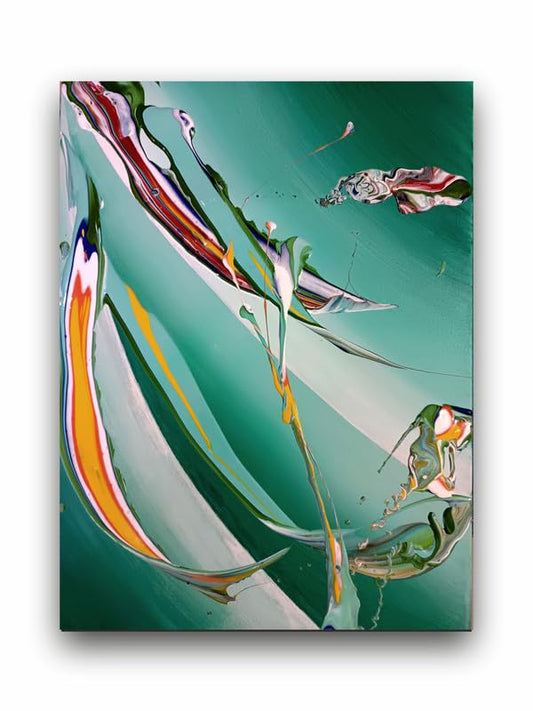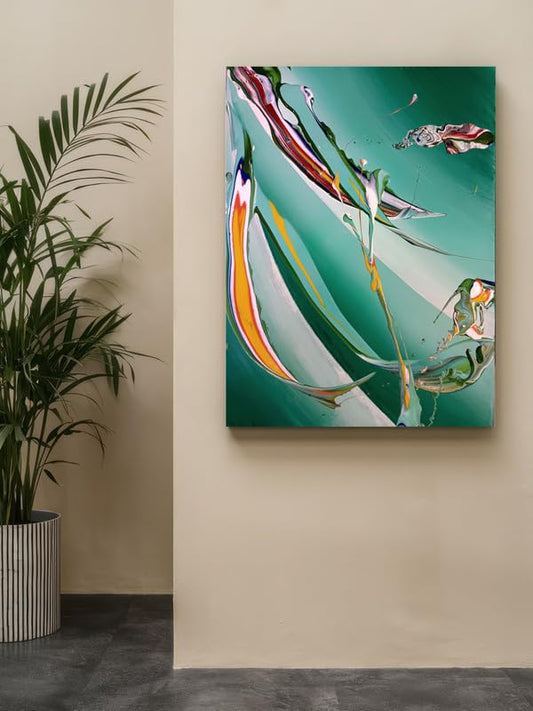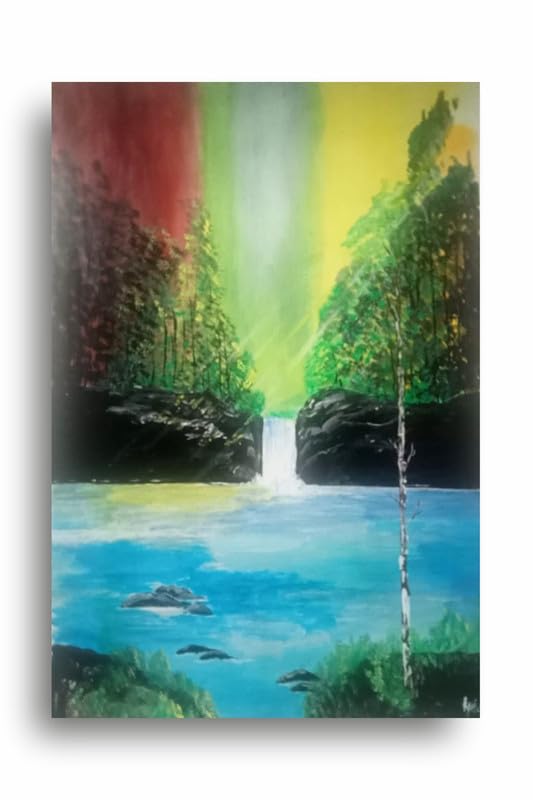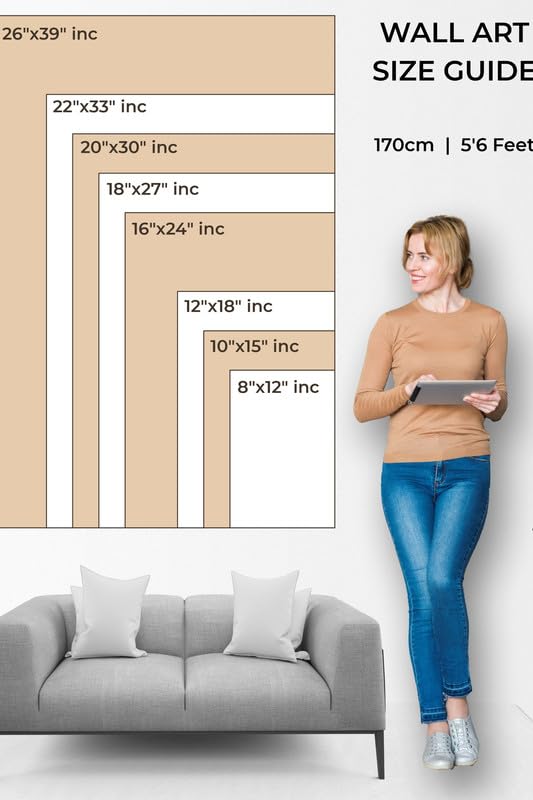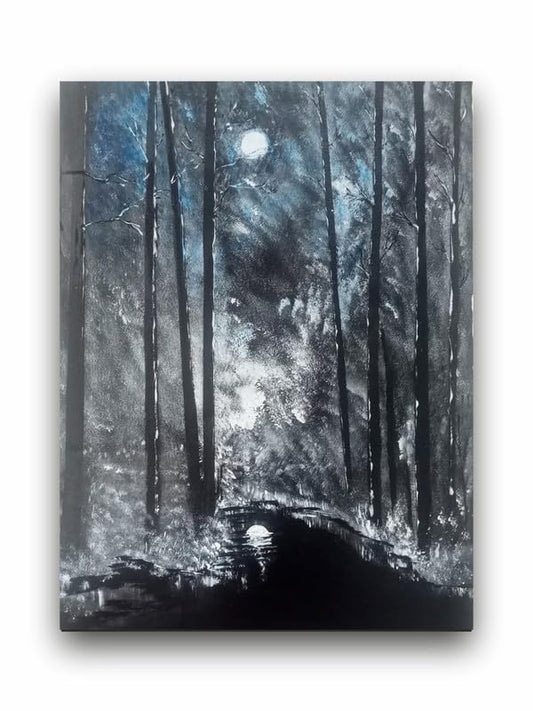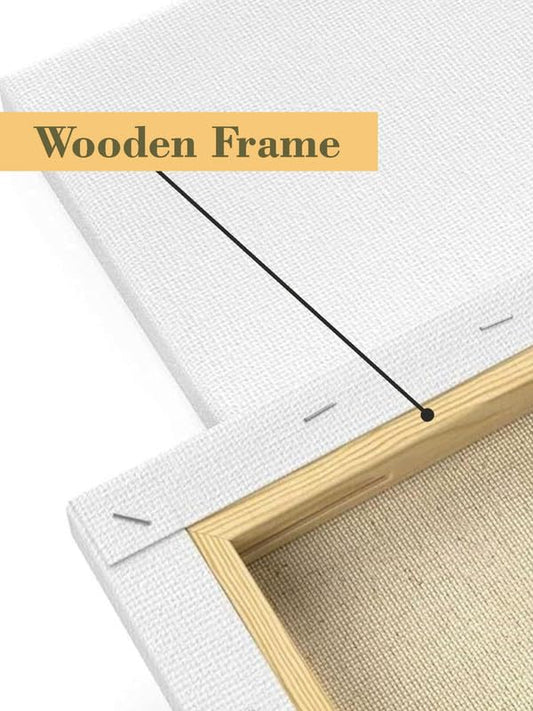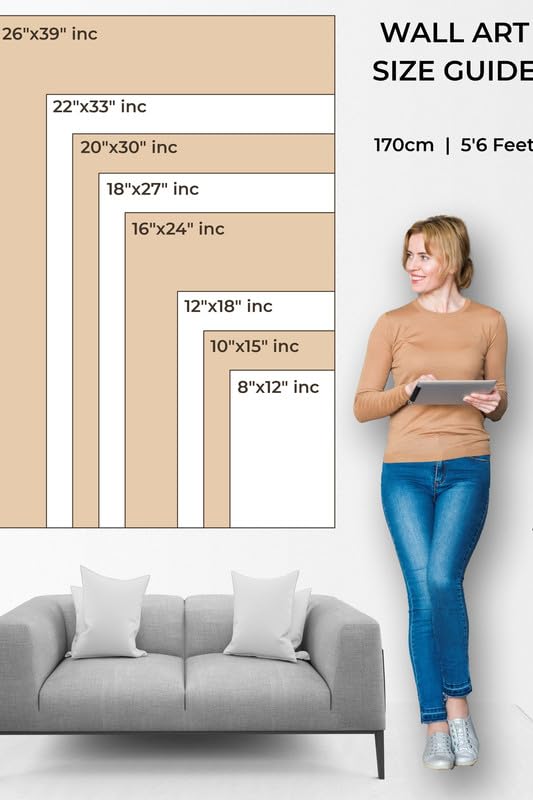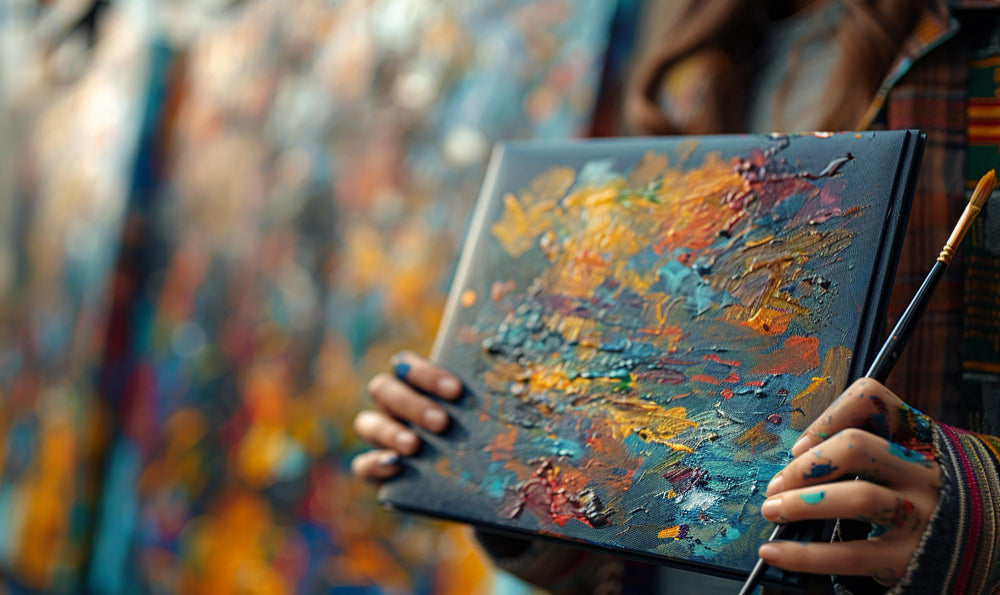
Exploring Different Resin Techniques: From Pouring to Painting
Exploring Different Resin Techniques: From Pouring to Painting
Resin art has taken the world in a great way since its surge over the past decade. It is not only fascinating for novice artists but also for experienced ones, as this versatile art form, along with highly vibrant results, leaves one unconvinced.
This blog will cover various resin techniques ranging from pouring to painting and explore all about the creative possibilities that resin brings in the picture. Read on to get to know the best.
1. Resin Pouring
One of the more popular resin techniques is pouring. This technique involves mixing epoxy with a hardener and then pouring the mixture onto a surface, most commonly a canvas or wooden board. Its appeal lies in its ability to create quite beautiful abstract designs. By manipulating the resin, artists can often produce mesmerizing swirls and patterns, often incorporating various pigments and additives for visual appeal.
For an amateur, start with a simple pour. With clear or colored resin and some drops of pigment, you can create depth in your artwork through layer pours. As one becomes more comfortable, the techniques of dirty pours and puddle pours can create the desired effects by creating layers of colors before the pour.
2. Resin Coating
Resin coating is the other method through which artists can achieve a glass-like finish on their work of art. It is applicable in enhancing paintings or mixed media art. The process involves preparing the surface and mixing it with the resin, followed by the application on the artwork, creating a protective layer with a glossy finish.
Coating is excellent in encapsulating an object within resin, like dried flowers, leaves, or even photographs. It wonderfully preserves the items and incorporates them within the artwork, thus giving it a 3D effect.
3. Resin Painting
Resin painting is a more advanced technique involving resin as a medium for traditional painting. It does not simply mean pouring the resin but using brushes or any other tools used to manipulate the resin on a canvas. This also allows for better control over the design and can create intricate details and textures.
Start by mixing the resin with pigments, then pour it onto the canvas, spreading it with a brush or palette knife to achieve many different patterns and textures. Further effects, such as cells or bubbles, can be achieved through experimenting with heat tools, such as a heat gun.
4. Adding Elements
The use of additional elements in your resin art makes the projects more refined. There are many embedded items you can use: glitter, beads, metallic flakes, just to mention a few. These will give any visual interest and uniqueness that your artwork should bring.
How do you embed things? Be sure that the items you embed are compatible with your resin and will not influence the curing process. Try different combinations and see what kind of exciting results you get and what kind of artistic style you develop.
Conclusion
So, exploring resin techniques opens quite a broad horizon of possible creative expression. Whether you feel like pouring, coating, or painting, every single technique is going to give you something unique that you can express yourself with. In experimenting with all the techniques, do not be afraid to break the boundaries and discover new ways of working with the resin. Together with practice and patience, you can create beautiful resin art that will reflect your style and artistic vision. So, off you go to gather your gear, let your imagination run wild, and go start making your way in this crazy, often brightly colored world of resin art!
Exploring Different Resin Techniques: From Pouring to Painting

